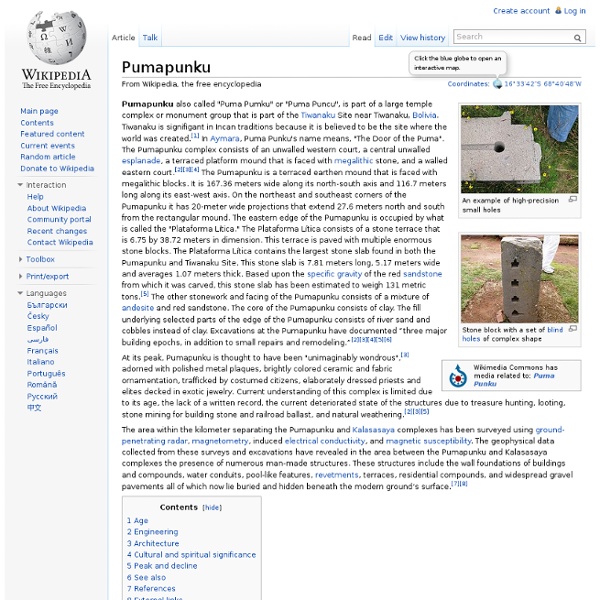Real-life Da Vinci Code: Tiny numbers and letters discovered on the Mona Lisa
By Nick Pisa and Luke Salkeld Created: 17:25 GMT, 12 December 2010 Intrigue is usually focused on her enigmatic smile. But the Mona Lisa was at the centre of a new mystery yesterday after art detectives took a fresh look at the masterpiece – and noticed something in her eyes. Hidden in the dark paint of her pupils are tiny letters and numbers, placed there by the artist Leonardo da Vinci and revealed only now thanks to high-magnification techniques. Under the microscope: Historians in Italy have discovered that by magnifying the eyes of the Mona Lisa painting tiny numbers and letters can be seen Hidden symbols: This eye is thought to contain L and V, the artist's initials Experts say the barely distinguishable letters and numbers represent something of a real-life Da Vinci code. The revelation could have come straight from the pages of Dan Brown’s best-seller The Da Vinci Code, in which the Mona Lisa is said to contain hidden clues about the Holy Grail.
Probably belonged to SS leader Heinrich Himmler discovered secret crystal skull - News
Sie sind mystisch und geheimnisvoll – die Kristallschädel der indianischen Hochkulturen. Jetzt wurde einer dieser angeblichen „Götterschädel" in Bayern gefunden. Und der befand sich früher vermutlich im Besitz von SS-Führer Heinrich Himmler! Wie das Magazin „Mysteries“ berichtet, fand der Schweizer Journalist Luc Bürgin (40) den Schädel (12 Kilogramm schwer, 17,5 Zentimeter hoch, 21 Zentimeter tief) auf dem Dachboden seines bayerischen Informanten (45) – versteckt in einem alten Holzkasten. Dieser Fund versetzt Historiker in Aufruhr! Zwölf solcher Kristallschädel sind bekannt, dies wäre nun der geheime dreizehnte. Außerdem im Besitz des Bayern: Eine hochbrisante Nazi-Liste! Auf dem unbekannten, vierseitigen Papier finden sich 35 wertvolle Kunstschätze, die auf Befehl der obersten Nazi-Führungsriege von Adolf Hitler und Heinrich Himmler kurz vor Kriegsende über Augsburg ins südböhmische Strakonitz (Sudetenland) transportiert werden sollten. Hokus-Pokus oder Sensationsfund?
Sinister Sites: The Georgia Guidestones
The Georgia Guidestones is a mysterious monument on which are carved ten “commandments” for a “New Age of Reason”. The first commandment? Maintaining the world population under 500 million people. The Georgia Guidestones is an enigmatic granite monument situated in Elbert County, Georgia. The Monument Quietly standing in Elberton county, the Guidestones will probably gain in relevancy in the next years Made of Pyramid blue granite, the Georgia Guidestones are meant to withstand the test of time and to communicate knowledge on several levels: philosophically, politically, astronomically, etc. The four major stones are arranged in a giant “paddlewheel” configuration which are oriented to the limits of the migration of the sun during the course of the year and also show the extreme positions of the rising and setting of the sun in its 18.6 year cycle. Source: Wired At the base of the Guidestones lies an explanatory tablet listing some of the details of the structure. The 10 Commandements 1.
World-Mysteries.com
Arabian desert surrenders Queen of Sheba's secrets
[Arabian desert surrenders Queen of Sheba's secrets] ... [Who was the Queen of Sheba?] ... [Modern science helps uncover ancient treasures] ... September 12, 2000 Arabian desert surrenders Queen of Sheba's secretsArchaeologists unearth 3,000-year-old temple in Yemen, opening a new door to southern Arabia's ancient civilizations Researchers from the University of Calgary are participating in an American Foundation for the Study of Man project to unlock the secrets of a 3,000-year-old temple in Yemen. The Mahram Bilqis - pronounced Mah-ram Bill-kees - (or Temple of the Moon God) lies buried under the sands of the southern Arabian desert in northern Yemen and is believed to have been used throughout the reign of the legendary Queen of Sheba. "The sanctuary is packed with artifacts, pottery, artwork and inscriptions, opening a new door to the ancient civilizations of southern Arabia," says Glanzman. The excavation of Mahram Bilqis was initiated in 1951 by the late American archaeologist Dr.
Yemen As It Is...
Why Yemen is the next war front. By Gary Vey for viewzone (posted January 5, 2010) As an editor here at viewzone I get to write and publish lots of interesting stories. Some authors write stories to promote a book or CD. Others want to be credited with a discovery of something, usually in the field of science or history. Occasionally though, a story must be told because it is ripe -- its time has come -- and that is why I have decided to write this true story about Yemen. In the past couple of days, Yemen has been in the news. Soon you will hear many things about Yemen. Yemen is the poorest country in the Arabian peninsula. But I have. In 2001 I was the guest of the Yemeni government because I had accidentally made a discovery that I had no right to make. Accidental discovery No, I'm not an archaeologist or even an historian. I went to the site and photographed the petroglyphs. About a year passed. Dr. The next e-mail I received contained more photographs of the same alphabet. Comments:



